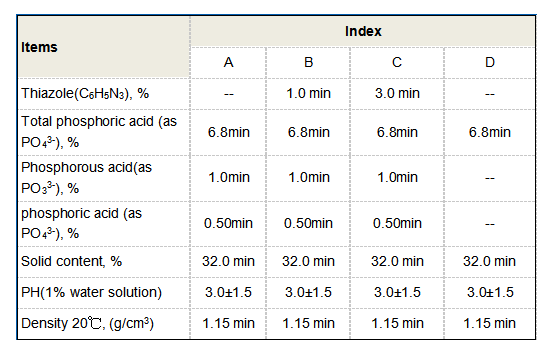polyaluminum chloride water treatment
Poly Aluminum Chloride in Water Treatment An Overview
Water treatment is a critical process for ensuring safe drinking water and maintaining environmental health. Among various chemicals used in this field, Poly Aluminum Chloride (PAC) stands out due to its efficiency as a coagulant and flocculant. This article explores the significance of PAC in water purification processes, its mechanisms, applications, and benefits.
Understanding Poly Aluminum Chloride
Poly Aluminum Chloride is a polymeric coagulant, which is a compound often utilized in water treatment for its ability to aggregate and remove suspended particles. It is produced by the hydrolysis of aluminum chloride (AlCl₃) and can exist in various forms, including liquid and powder. The chemical formula varies depending on the degree of polymerization and the particular formulation, but it typically contains aluminum ions and hydroxyl ions.
Mechanism of Action
The primary function of PAC in water treatment is to destabilize colloidal particles. In natural waters, these particles often carry negative charges, preventing them from clumping together. PAC works by neutralizing these charges, allowing particles to bond with one another, forming larger aggregates known as flocs.
The process begins with the addition of PAC to water where it undergoes hydrolysis to produce aluminum hydroxide. This precipitate provides a surface for suspended particles to adhere to, thereby facilitating their removal when the water is settled or filtered.
Applications in Water Treatment
PAC is widely utilized in various water treatment processes, including
1. Drinking Water Treatment PAC is commonly used to clarify drinking water by removing turbidity, organic matter, and other impurities. Its effectiveness helps in meeting regulatory standards for safe drinking water.
2. Wastewater Treatment In municipal and industrial wastewater treatment plants, PAC helps in the removal of contaminants such as heavy metals, phosphates, and suspended solids. Its flocculating properties enhance the efficiency of sedimentation processes.
polyaluminum chloride water treatment

4. Industrial Applications Various industries employ PAC for process water treatment, cooling water treatment, and even in paper manufacturing, where it aids in sizing and improving product quality.
Benefits of Using Poly Aluminum Chloride
1. Higher Efficiency PAC generally works more effectively than traditional coagulants like alum (aluminum sulfate), often requiring lower doses. This results in reduced chemical costs and minimizes the impact on the environment.
2. Wide pH Range PAC is effective over a broader pH range compared to other coagulants, making it versatile for varying water qualities.
3. Reduced Sludge Production The use of PAC tends to produce less sludge compared to other coagulating agents, which simplifies sludge management and disposal.
4. Improved Water Quality The flocs generated from PAC are typically denser and settle more rapidly, leading to clearer water and improved overall quality.
5. Compatibility with Other Chemicals PAC can be effectively combined with other treatment chemicals, enhancing the treatment process further and allowing for tailored solutions based on specific water quality issues.
Conclusion
Poly Aluminum Chloride plays a vital role in modern water treatment processes. Its efficiency, versatility, and environmental benefits make it an essential tool for water purification across various industries. As global demand for clean water continues to rise, the importance of effective coagulants like PAC will only increase, paving the way for advancements in water treatment technologies that uphold public health and environmental sustainability.
-
lk-319-special-scale-and-corrosion-inhibitor-for-steel-plants-advanced-solutions-for-industrial-water-systemsNewsAug.22,2025
-
flocculant-water-treatment-essential-chemical-solutions-for-purification-processesNewsAug.22,2025
-
isothiazolinones-versatile-microbial-control-agents-for-industrial-and-consumer-applicationsNewsAug.22,2025
-
scale-inhibitor-key-solutions-for-water-system-scale-preventionNewsAug.22,2025
-
organophosphonates-versatile-scale-inhibitors-for-industrial-water-systemsNewsAug.22,2025
-
scale-and-corrosion-inhibitor-essential-chemical-solutions-for-water-system-maintenanceNewsAug.22,2025





